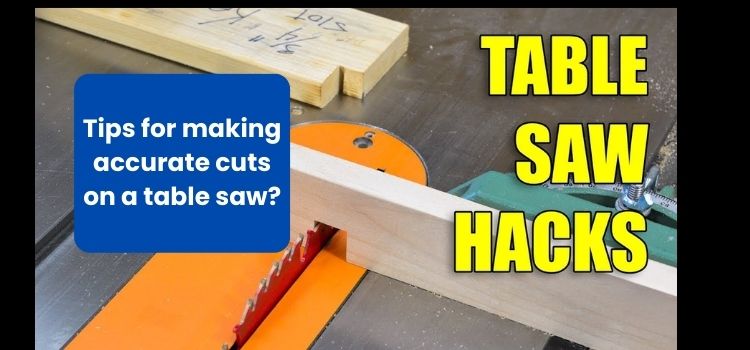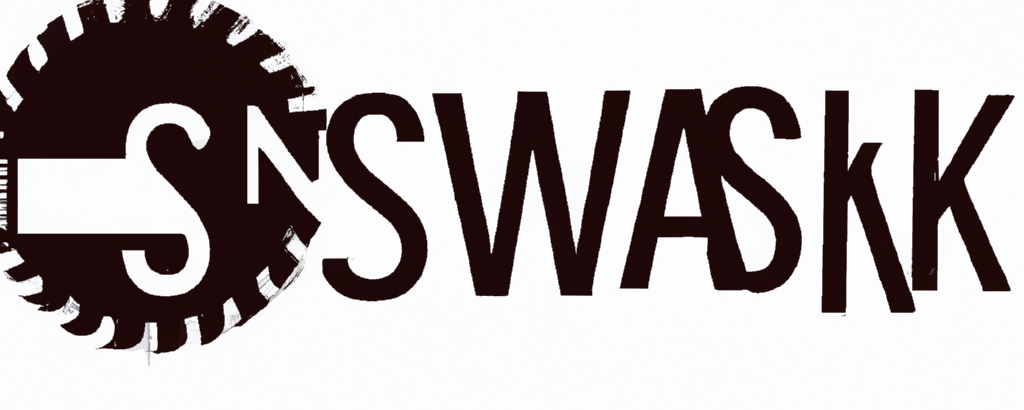Tips for making accurate cuts on a table saw?

The table saw is a cornerstone of any woodworking shop. It’s a tool of choice for many craftspeople because of its versatility and efficiency. However, its effectiveness largely depends on the user’s ability to make accurate cuts. Precision is key in woodworking, as it can greatly affect the quality of your finished project. The following guide offers essential tips to help ensure you make clean, precise, and safe cuts every time you use your table saw.
Proper Setup
One of the first steps towards achieving accuracy is ensuring proper setup. Firstly, your saw blade must be perfectly perpendicular to the table. This alignment ensures a straight, vertical cut. Secondly, using a high-quality blade suited for the type of material you’re cutting can significantly improve cut quality.
Additionally, a zero-clearance insert can minimize tear-out, the chipping or fraying of the wood’s surface as it’s cut, by providing support along the entire edge of the cut. For guiding the workpiece, a crosscut sled or a miter gauge can be invaluable. These tools help maintain the workpiece’s alignment as it’s fed into the saw.
Safety Precautions
Safety is an integral part of woodworking. Always wear safety glasses to protect your eyes from flying debris, use hearing protection to reduce noise exposure, and a dust mask to prevent inhalation of sawdust. Keep your hands at a safe distance from the blade by using a push stick to feed the workpiece into the saw.
Test Cuts
Before proceeding to make the final cut, it’s beneficial to make test cuts on scrap material. These cuts allow you to check and adjust your settings to ensure accuracy. This practice is especially useful when setting up for complex cuts or when working with expensive materials.
Workpiece Stability
Ensuring that your workpiece is flat and stable on the table before making the cut is critical. If the piece wobbles or shifts during cutting, it can result in inaccuracies or even kickback, a dangerous occurrence where the workpiece is ejected back towards the operator at high speed. Use clamps or other holding devices to secure the workpiece if necessary.
Featherboard
A featherboard is another useful tool for making accurate cuts. Positioned before the saw blade, it holds the workpiece firmly against the fence, preventing it from moving during the cut and helping to ensure consistent and accurate cuts.
Dado Cuts
Dado cuts, or grooves cut across the grain of the workpiece, require additional considerations. You’ll need to determine the width of the groove and may need to make multiple passes if it’s wider than your blade. A dado blade set and a miter gauge will help guide the workpiece and ensure precision in these cuts.
Conclusion
Making accurate cuts on a table saw may seem daunting, but with the right knowledge and practice, you can master the skill. Remember to ensure proper setup, follow safety guidelines, make test cuts, maintain workpiece stability, and use tools such as a featherboard and miter gauge. Whether you’re a seasoned pro or a novice woodworker, these tips will help you refine your skills and ensure precision in your work.
As always, safety should never be compromised. Always adhere to safety guidelines and exercise caution when working with power tools.
